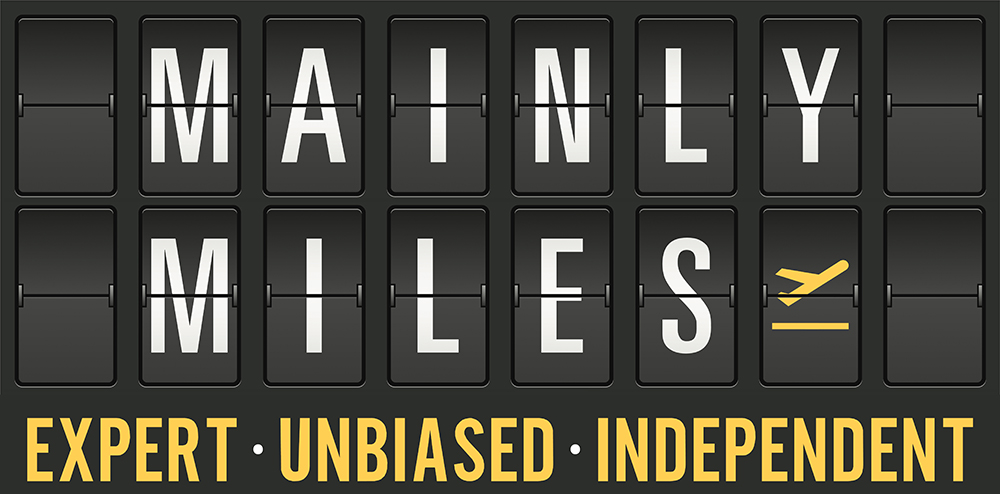New Zealand has been reopening its borders with progressively fewer restrictions over the last few months, after being largely closed off from the rest of the world for two years due to the COVID-19 pandemic.
Initially the country opened to to fully vaccinated visitors from 60 visa waiver countries including Japan, the UK and the USA in early May 2022, with pre-departure testing removed from traveller’s checklists in mid-June 2022.
Now there’s more good news for those travelling to New Zealand from overseas, with the country announcing that it is scrapping its “traffic light system”, and along with it some additional requirements currently placed on travellers.
Vaccination requirement removed
Currently, in order to travel to New Zealand, you must have proof of full vaccination in digital or paper form if you are aged 17 or older, unless you are a New Zealand citizen or an Australian Citizen living in New Zealand.
From Tuesday 13th September 2022, international travellers will no longer need proof of COVID-19 vaccination in order to enter New Zealand, regardless of their nationality or home country.
From 11:59pm (NZT) on 12 September 2022, air and sea travellers and crew do not need proof of vaccination to enter New Zealand.
New Zealand Government
This applies to people entering New Zealand from anywhere in the world. Please check with your travel provider, for example your airline, as they may still require proof of vaccination.
New Zealand is now open to those holding nationality from visa-free countries, and for those wishing to apply for a visa.
Most inbound international visitors heading to New Zealand will still be required to:
- obtain an Electronic Travel Authority (NZeTA); and
- complete a Health Declaration before check-in.
Requesting an NZeTA will cost you NZ$9 via the mobile app or NZ$12 via the online form, and is valid for multiple entries over a two-year period. You’ll also have to have to pay for an IVL, which funds tourism infrastructure, at NZ$35, on top of the NZeTA cost.
On-arrival testing now only “encouraged”
Currently you are required to take two post-arrival rapid antigen (RAT / ART) tests when you arrive in New Zealand from overseas, and report the results via a weblink.
RAT / ART testing is regardless of your vaccination status and applies to travellers aged 6 months or older on Day 0/1 and Day 5/6 of their arrival in New Zealand.
Here’s how it currently works:
- Passengers are provided with RAT / ART kits free of charge, including a set of instructions, at the airport after landing.
- Results from both RAT / ART tests must be reported, whether they are negative or positive.
- Passengers will receive an email from the New Zealand Ministry of Health after completing their traveller declaration with instructions and a link to report the test results.
- If a result is invalid, it is necessary to take another RAT / ART test.
- If the result is positive, travellers must self-isolate for seven days and then take a PCR test.
In more good news for travellers, the legal requirement for these tests will be removed from Tuesday 13th September 2022, which will make the tests optional, not compulsory.
Travellers arriving in New Zealand will still be encouraged to return RAT / ART test results on Day 0/1 and Day 5/6 of their trips, but it will not be a requirement to do so, as it is now.
“The requirement to test on Day 0/1 and Day 5/6 will now be encouraged, rather than required.”
Jacinda Ardern, Prime Minister of New Zealand
Back in June this year, New Zealand’s COVID-19 Response Minister said that around 90% of international arriving travellers complied with the required post-arrival testing regime, and only around 2-3% of those participating tested positive.
Mask wearing relaxed
As part of these latest relaxations, New Zealand is also removing its mask mandate across all settings nationwide, except in healthcare settings and aged-care facilities.
This will have the effect of removing mask-wearing policies on both domestic and international flights from 13th September 2022, when travelling with airlines that do not impose mandatory mask-wearing unless dictated by authorities of the origin or destination country.
As most of you know, since 29th August 2022 that includes Singapore Airlines.

New Zealand already allows passengers flying out of the country to follow either the airline’s mask-wearing requirements, or those of the country they are travelling to or through, whichever is stricter, so it’s the inbound direction that gains a benefit.
Singapore Airlines has now updated its mask-wearing policy, meaning that from tomorrow with the departure of SQ297 to Christchurch at 7.50pm on 13th September 2022, and on all NZ-bound services thereafter, the carrier’s flights will become mask-optional.
Here’s how SIA’s mask requirements will look from 13th September 2022, with New Zealand’s upcoming relaxation.

Masks required

Masks optional
Singapore Airlines Flights
to/from Singapore
(updated 12 Sep 2022)
| Country | Mask Requirement | |
Flying from Singapore |
Flying to Singapore |
|
| Europe | ||
| Denmark | ||
| France | ||
| Germany | ||
| Italy | ||
| Spain | ||
| Netherlands | ||
| Switzerland | ||
| UK | ||
| North America | ||
| Canada | ||
| USA* | ||
| North Asia | ||
| China | ||
| Hong Kong | ||
| Japan | ||
| South Korea | ||
| Taiwan | ||
| South East Asia | ||
| Brunei | ||
| Cambodia | ||
| Indonesia | ||
| Malaysia | ||
| Myanmar | ||
| Philippines | ||
| Thailand | ||
| Vietnam | ||
| South West Pacific | ||
| Australia | ||
| New Zealand | ||
| West Asia & Africa | ||
| Bangladesh | ||
| India | ||
| Maldives | ||
| Nepal | ||
| South Africa | ||
| Sri Lanka | ||
| Turkey | ||
| UAE | ||
* Except SQ25/26, which requires masks
As you can see from the list, New Zealand follows the USA, UK and most EU countries in removing mask restrictions on board flights, which took effect in those jurisdictions earlier this year.
Australia was the latest country to make the same relaxation, just last week.
That means from tomorrow SIA flights to the following destinations will become mask-optional:
- Auckland
- Christchurch
This latest change affects 14 of the airline’s flights per week, and will be welcome news for those travelling on these 9+ hour overnight services.
Air New Zealand has already announced that its flights will be going mask-optional from tomorrow.
From 12:00am, 13 September 2022:
Air New Zealand
Face coverings will no longer be required on any Air New Zealand operated flights, following the New Zealand Government’s announcement removing mask mandates on flights. You’re still welcome to wear your own face mask, and we will continue to make masks available.
Please note: masks may still be required on some international flights, depending on the destination’s mask requirement.
Do note that several airlines flying to New Zealand, including Qatar Airways, Emirates and Malaysia Airlines, still enforce mask-wearing on board all their flights, regardless of the origin or destination regulations.
Germany is also planning to scrap its mask mandate on aircraft flying to and from the country. No date for this move has been confirmed at the time of writing, though it is expected to be dropped when the current mandate expires on 23rd September 2022.
Summary
You’ll no longer need to be fully vaccinated nor take either a pre-departure or any on-arrival COVID-19 tests when travelling to New Zealand from 13th September 2022, returning the process more or less to pre-pandemic norms.
Mask-wearing on arriving international flights and on domestic flights will also shift to a mask-optional policy, as it will in most other settings across the country.
That’s great news for those planning to take the long 9+ hour overnight Singapore – New Zealand flights with SIA, in a little more comfort than they were expecting.
(Cover Photo: Shutterstock)




If proof of vaccination is not required, is the Traveler’s Declaration still needed?
Possibly not but I can find no statement yet that it won’t be – so I kept the requirement in the article for now!